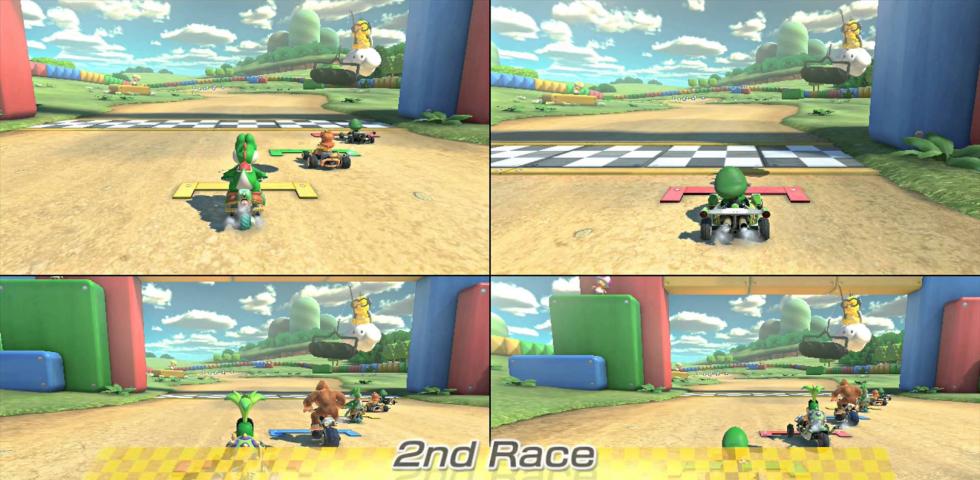In the very early days of computer games, way back in the 1950s, Tennis for Two led the way for multi-player gaming. Over the years the option of playing with other opponents has been a key feature for many games, informing developments in the technology. During the 1970s Pong and early racing video games such as Astro Race continued this exciting development.
Real-time gaming: By the late 1970s a system called PLATO (Programmed Logic for Automatic Teaching Operations) was being used which enabled multi-user computing to become real–time as it was able to respond to input immediately. Of course, gaming was not the only concept to benefit from PLATO as many familiar modern day concepts such as e-mail, chat rooms, online gambling, message boards and forums were also developed because of this system. We owe a lot to this, it seems. Many multi-player games at that time relied on one player taking turns with another to have their go. Often in these games one player would need to lose a life before they would get their next chance to play.
Nintendo Wii and GameCube: Moving through the 80s, 90s and early part of the 21st century game consoles became more and more popular. During those days we used to call our friends over for a game of multi-player Halo and enjoy the social aspect of playing games, eating snacks and saving the world together. Games consoles such as Nintendo Wii and GameCube gained popularity due to the multi-player and party games that could be played with larger groups of friends. The split screen feature enabled all players to have an individual view of all the action. Often you would switch your eyes to see what your opponents were doing or maybe on driving games see how close they were to you on the track. Players could work as a team with one another to help collect items, heal each other’s players and perform more complex manoeuvres.
Gaming online: With the development of online gaming, which has significantly moved on from the earlier attempts by SegaNet and Nintendo 64DD, most modern games consoles rely on the online gaming system. The PlayStation Network and Xbox Live dominate the online console gaming world. The online gaming experience allows players to game over the internet, with others players around the world. These types of games such as Fifa 16 and Call of Duty rely on rounds where games are running continuously.
Split-screen gaming vs online: Over the years split screen gaming has begun to fade in popularity with game developers as they prefer to utilise the online gaming platform. You no longer need to share your screen with an opponent if they’re at the other end of an internet connection half way around the world. Some gamers feel that although online gaming allows you to compete with others and create bonds with players from all over the world, it does not give you the same sharing opportunity that you would get if you plugged in your controller at your friend’s house. You miss out on celebrating your top score with your pals, hanging your head in shame after being the first person to get knocked out by a sniper and the glory of scoring the winning goal in the World Cup final against your mate. The overall experience of game playing with your buddies is lost. It’s that gap the online-only set must fill. Through in-game messaging it is getting there, helping to muscle out the traditional split-screen experience.
Is it the end of split screen gaming? I hope not as it is a lonely world sitting on your own at your gaming console with no-one to share the snacks with once the game is over…





